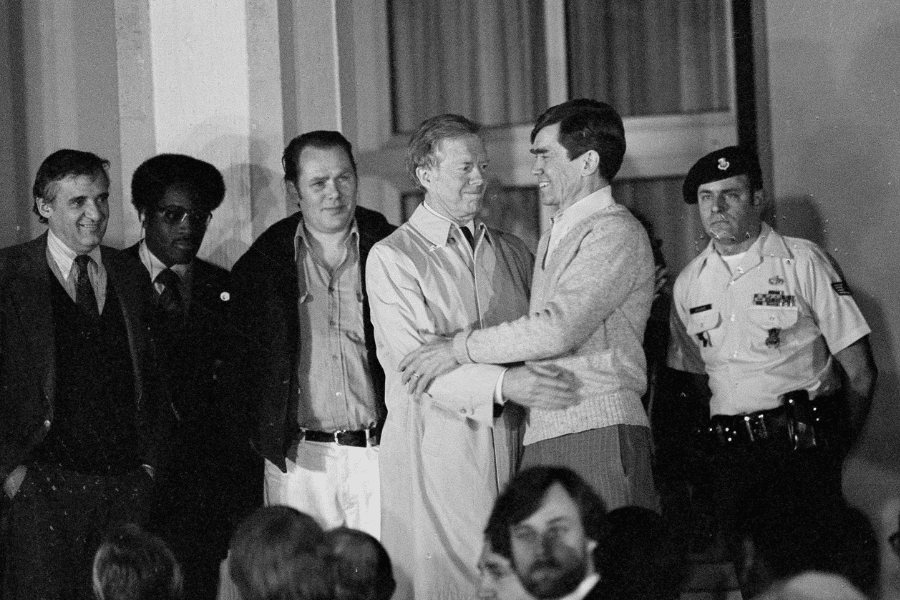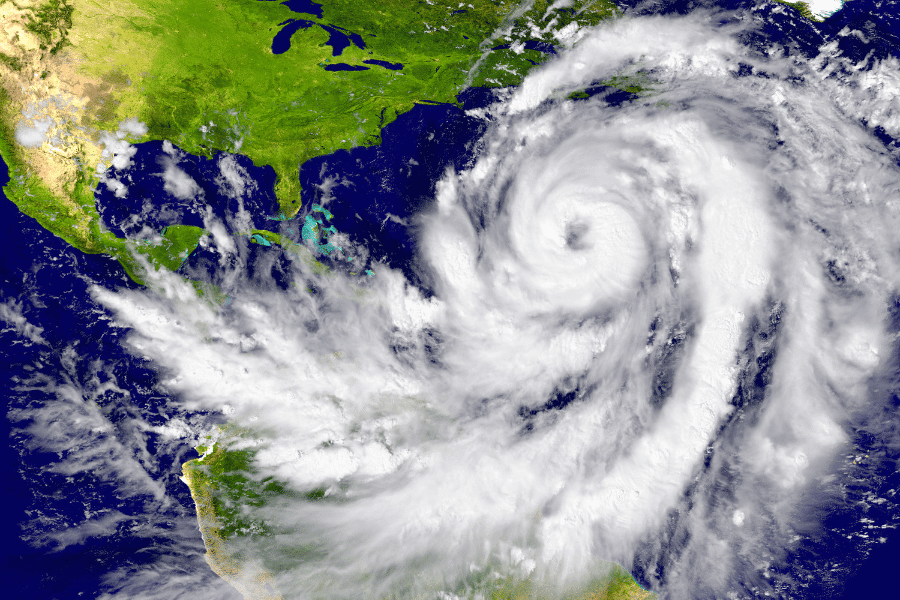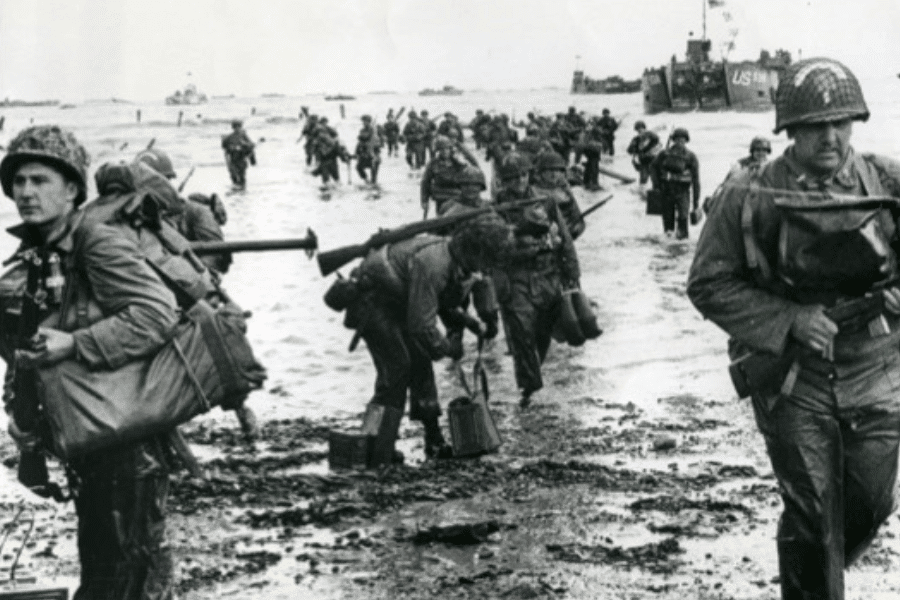
by Tira Shubart | 9 Jan 2025 | History, Journalism, Politics, United States
Former U.S. President Jimmy Carter will be buried today. Our correspondent remembers meeting the man who put personal integrity over politics and profits. Former U.S. president Jimmy Carter in Wiesbaden, Germany 21 January 1981, greeting the U.S. hostages released...

by Tira Shubart | 7 Jan 2025 | Environment, Technology
We’ve mapped stars billions of light years away. But what lies just hundreds of feet below the surface of our own water has been unfathomable. A scorpion fish in a deep sea coral reef. (Credit: U.S. National Oceanic and Atmospheric Administration) This article...

by Tira Shubart | 23 Oct 2024 | Decoder Replay, Environment, Science
Poor nations are hardest hit by extreme weather, but they can lack resources to produce forecasts that can save lives. What can be done? Hurricane shown on a weather map. (Photo by Tomas Griger) Editor’s note: The UK Foreign Office this month warned British...

by Tira Shubart | 30 Sep 2024 | Culture, Europe, History
On a wild swim tour of Greece you might not brush aginst ancient stones. But each stroke you take breaks through a history as deep as the Ionian Sea. “Wild” swimmers in the Ionian Sea near the island of Mathraki. (Photo courtesy Tira Shubart) This article...

by Tira Shubart | 6 Jun 2024 | Educators' Catalog, France, History, Journalism, News Photography, United States
With the 156,000 allied troops who came ashore at Normandy on D-Day were 500 news reporters armed only with pens, paper, cameras and recording equipment. While hundreds of others move towards the beach in landing craft, American assault troops, with full equipment,...
Accompanying the 156,000 allied troops who came ashore at Normandy on D-Day were 500 news reporters armed only with pens, paper and recording equipment. Correspondent Tira Shubart looks at what it was like to be a war reporter in 1944.
Exercise: Read the article and discuss the dangers journalists faced in the Second World War, the reasons why they chose to report and the difficulties they might have had in reporting. Imagine you are a WWII reporter. Write a journal entry describing a snapshot of what you experienced on a given day. For inspiration, search for photos or articles by Robert Capa, Martha Gellhorn or Lee Miller and use them as a starting point. Think about what happened before and after the article or photo. Keep in mind how the events you experienced had wider, cross-border importance and how your chosen event impacted the world.





